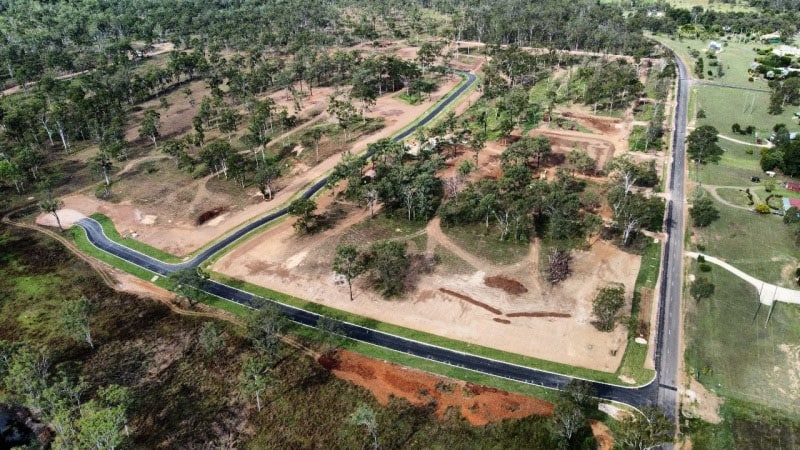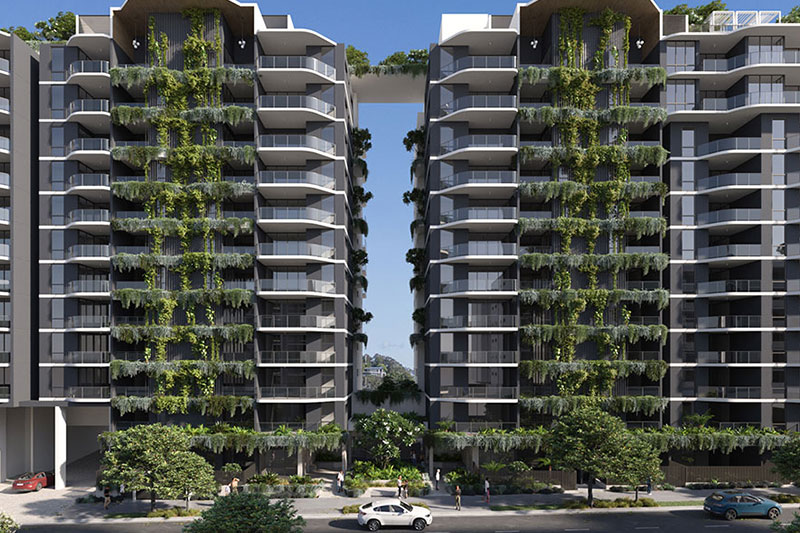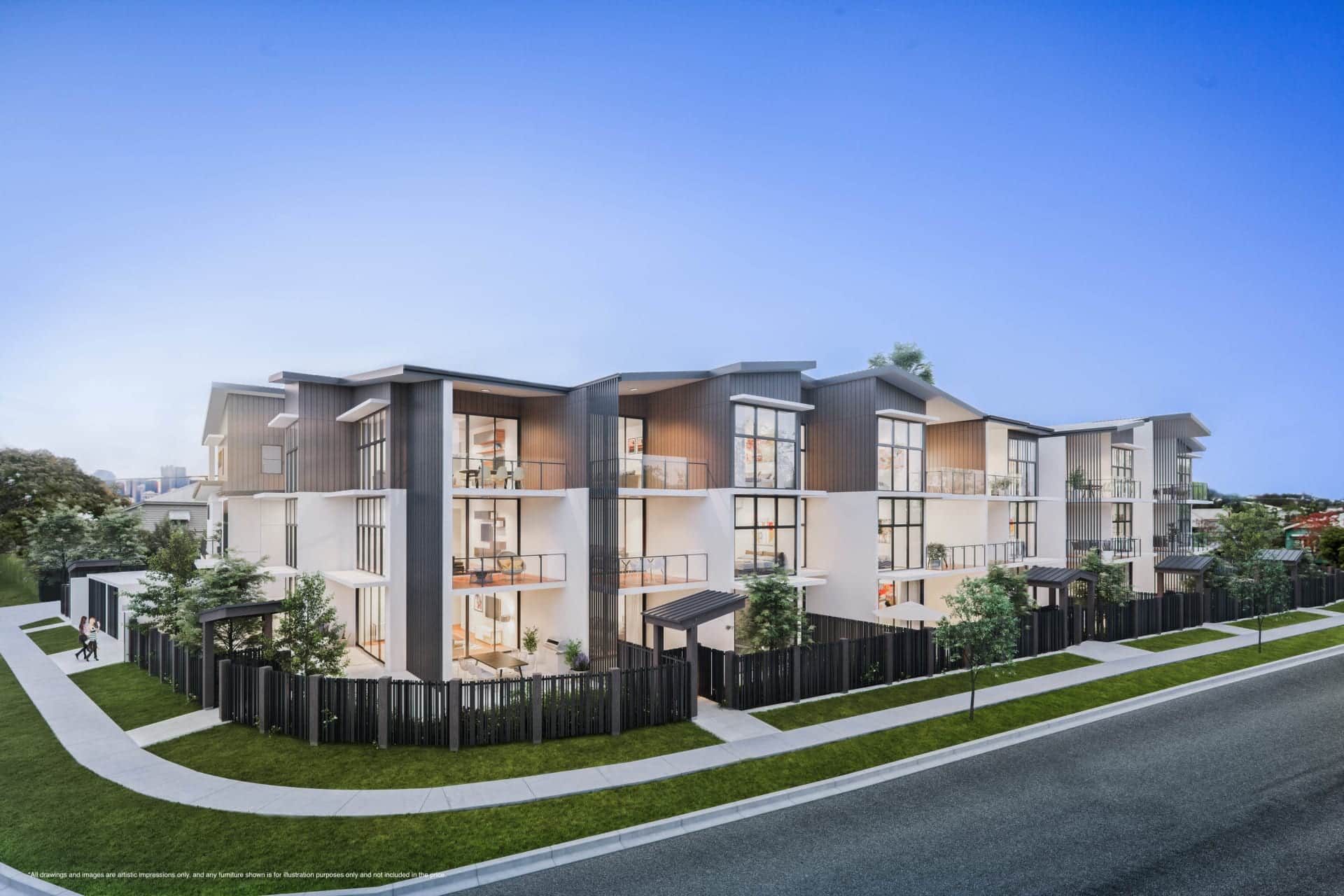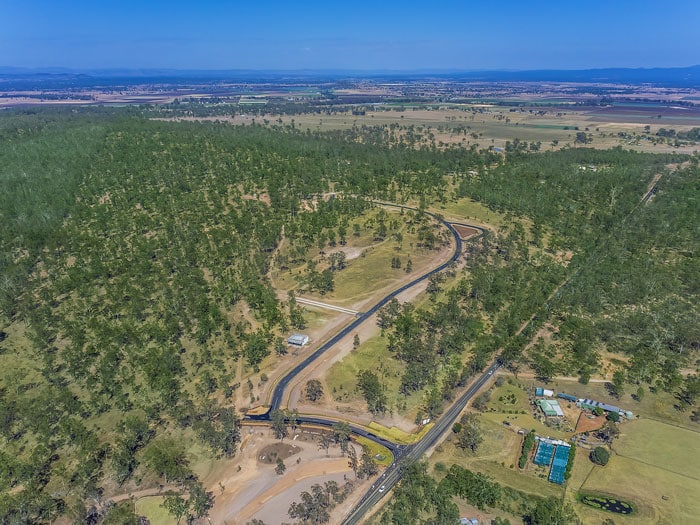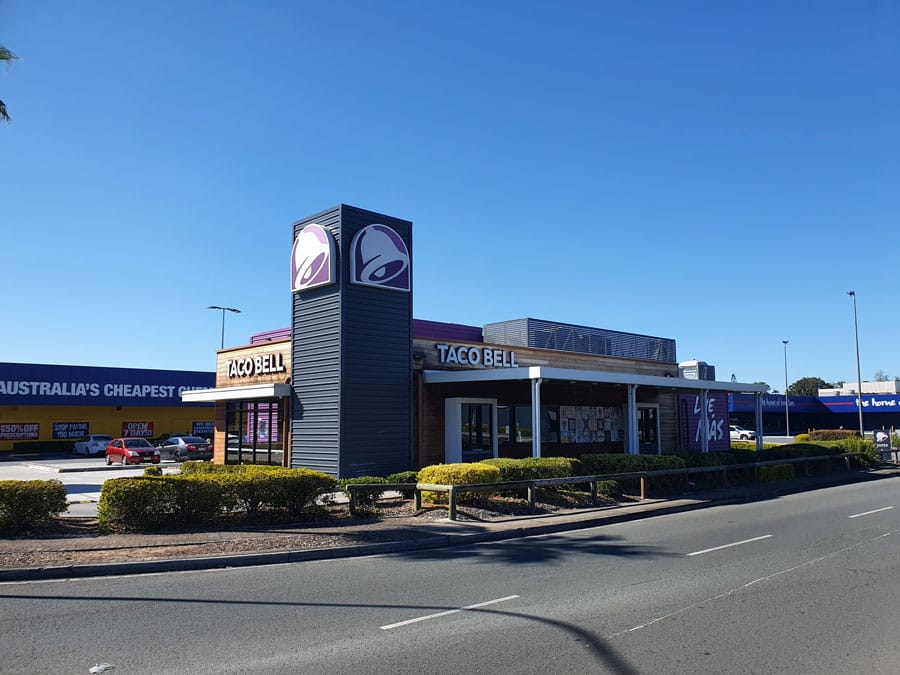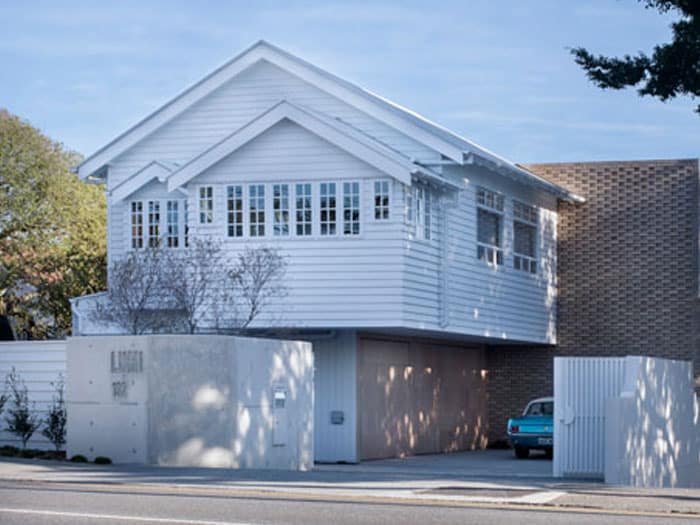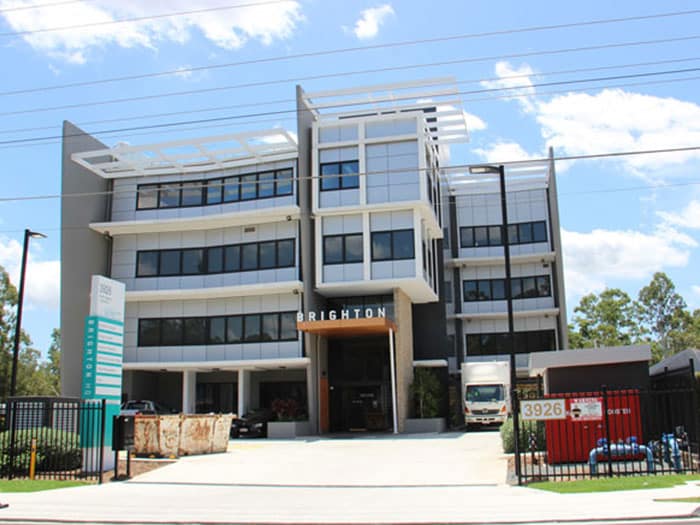Specialists in Land Subdivision Brisbane and South East Queensland
Trusted By
















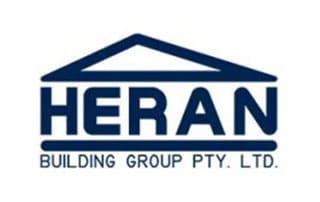




Supportive and Expert Guidance for Land Subdivision
Are you looking to get the most value possible from your available property? Land subdivision may help you expand your property portfolio, increase cash flow, or simply create new opportunities for you to create wealth and manage your financial health – and it may be more accessible than you realise.
At bplanned & surveyed, we can provide you with advice on the subdivision of your land within South East Queensland that you wish to purchase. More than the compliance needed to manage your land, we offer supportive and respectful guidance to help you navigate this exciting, but complex, opportunity with confidence.
Quick links to useful information on the page:
- How many lots can I fit on my land?
- Can I subdivide my property?
- How do I subdivide my land?
- What costs are associated with subdivision?
- How do I know if subdivision is right for me?
- What is the typical subdivision process?
- How long does subdivision typically take?
- Who approves my subdivision plans?
- How our subdivision experts can help you?
Call 1300 275 266 to speak to a subdivision expert or submit a quote request online.
Our Land Subdivision Projects
147 LOTS | PARKLAKE ADARE ESTATE, ADARE
147 LOTS | PARKLAKE ADARE ESTATE, ADARE
Read More130 LOTS | PARKLANDS AT CLARENDON ESTATE, RIFLE RANGE
130 LOTS | PARKLANDS AT CLARENDON ESTATE, RIFLE RANGE
Read More34 LOTS | DE HILL ESTATE, ALGESTER
34 LOTS | DE HILL ESTATE, ALGESTER
Read More41 LOTS | PIMPAMA JACOBS WELL ROAD, JACOBS WELL
41 LOTS | PIMPAMA JACOBS WELL ROAD, JACOBS WELL
Read More33 LOTS | RAILWAY PARADE, LOGANLEA
33 LOTS | RAILWAY PARADE, LOGANLEA
Read More9 LOTS | YORE ROAD, LOGAN VILLAGE
9 LOTS | YORE ROAD, LOGAN VILLAGE
Read MoreHow many lots can I fit on my land in Brisbane?
The number of lots you can fit on your land depends on a range of factors, including:
- Size and shape of the land
- Zoning of the land
- Overlays affecting the land
- Type of development proposed
- Relevant planning regulations and policies
To determine the maximum number of lots you can fit on your land, you will need to consult the Brisbane City Plan 2014, which sets out the planning policies and regulations for the city. The plan includes provisions for different types of development and outlines the requirements and restrictions for each.
For example, if your land is zoned as Residential Low Density (RLD), you may be able to build a maximum of one dwelling per 400 square metres of land. If your land is zoned as Residential Medium Density (RMD), you may be able to build townhouses, apartments or units subject to the relevant planning requirements and density provisions.
Can I subdivide my property in Brisbane?
Subdividing a property is possible, but it is subject to a range of requirements and regulations that must be followed.
To subdivide your property, you will need to obtain development approval from the Brisbane City Council, which involves submitting a development application and complying with the relevant planning policies and regulations.
The suitability of your property for subdivision will depend on a range of factors, such as the size and shape of the land, the zoning of the land, the surrounding infrastructure and services, and the relevant planning regulations and policies.
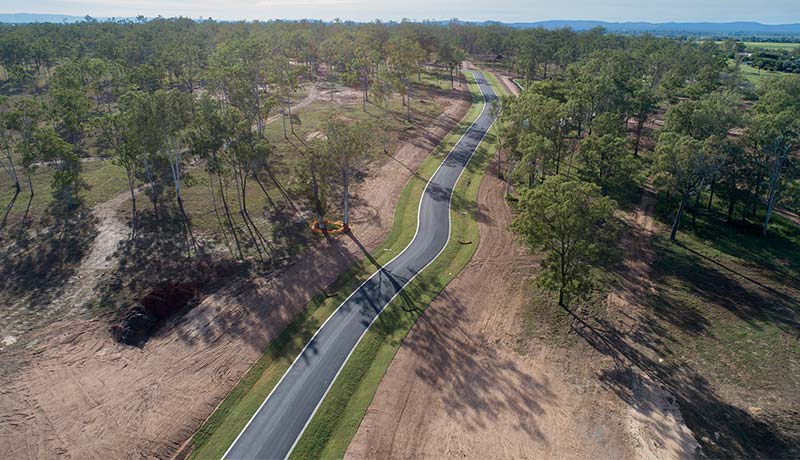
How do I subdivide my land?
Land subdivision involves several steps, including obtaining necessary approvals and complying with planning regulations. Here is a general overview of the process:
- Engage bplanned & surveyed: To begin the subdivision process, you should us to assist you with your due diligence, determine the maximum number of lots you can create, and advise you on the requirements and regulations that apply to your project.
- Conduct a Site Analysis: Before submitting a development application, you should conduct a site analysis to identify any site constraints, such as environmental or infrastructure issues, and determine the best location and layout for your proposed lots.
- Prepare and Submit a Development Application: Once you have completed your site analysis, you can prepare and submit a development application to the Brisbane City Council or relevant Council. Your application should include detailed plans and supporting documents, such as subdivision layout plans, engineering reports, and environmental assessments.
- Receive Development Approval: After submitting your application, the Council will assess your proposal and determine whether it meets the relevant planning regulations and policies. If approved, you will receive a development permit and conditions of approval.
- Engage Professionals for Construction: With the development permit in hand, you can engage us to coordinate the construction process.
- Register the New Lots: After the construction is complete, you can register the new lots with the Titles Office of the Queensland Government. This will create new titles for each lot, allowing them to be bought and sold separately.
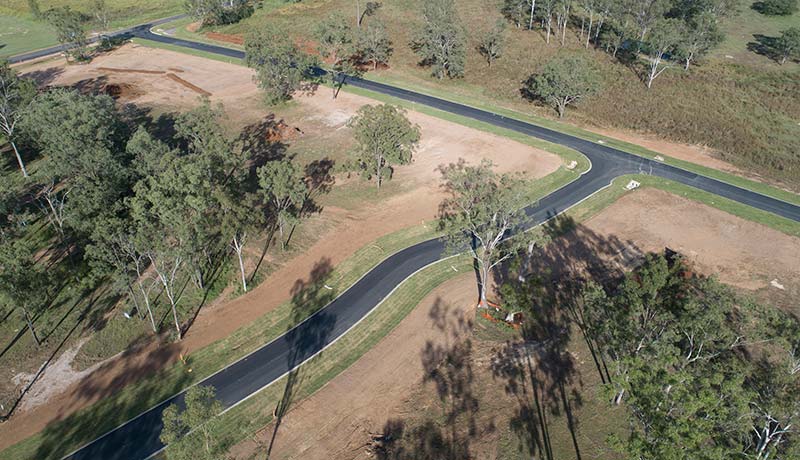
Frequently Asked Questions About Land Subdivision in Brisbane
What costs are associated with subdivision?
Each Council has its own process and relevant fees, so the cost to subdivide land isn’t uniform from suburb to suburb. However, in many cases the cost of land subdivision could be more than worth it to create smaller lots for sale or further construction projects.
As an average, the cost of subdivision into two lots can be anywhere from $80,000 and $120,000 and this is to be used a guide only as there are a number of factors which can significantly change the costs of subdivision. This typically goes towards land surveying, local council fees, and construction-related costs. Consider the table below for more average as associated with subdivision in QLD.
The average costs of a 1 into 2 lot subdivision are below. This is to be used as a guide only
| Service | Average Cost |
| Infrastructure Charges | $25,000.00-$30,000.00 |
| Town Planning & Surveying | $15,000.00 + GST |
| Design and Construction | This needs to be assessed on a per site basis as there are so many factors that can significantly change the price of the works. |
| Plan Sealing | $3000.00 + GST -$5000.00 + GST |
Please Note: The above figures should be considered averages only. For accurate estimates tailored to your specific needs, reach out on 1300 275 266 for more information.
Minimise your costs with our Cost Saving Council Approvals advantage
What is the typical subdivision process?
The subdivision process may vary from one Queensland council to the next. However, the process will typically include the following steps:
- Prepare a development application
- Lodge your development application with your local QLD council
- If your plan is approved, you’ll need to pay all relevant fees
- Seal the plan following final council approval of all conditions
- The plan is submitted for registration and new titles are issued
If you’re looking to subdivide your land, it’s likely you have many questions relating to documentation, development approval wait times, subdivision rules, and more. The most effective first step is to chat with an expert and understand the process, costs, and opportunities available to you.
We’re proud to offer an obligation-free quote to support our local community. So, whether you work with us or not, you can start your journey feeling informed and empowered. Book your risk-free consultation and quote using our online form.
How do I know if subdivision is right for me?
Without inspecting your property, it’s difficult to answer “yes” or “no” with certainty. Instead, subdivision typically comes down to the following variables:
- Access to your property
- The shape of your property
- Your local council’s zoning rules
- Constraints that might affect your property i.e flooding, protected vegetation
- The utilities or services connected to your property
These variables will need to be considered to find out if subdivision is right for you. Each council throughout South East QLD has their own rules as related to zoning – which determines the size of a block of land. You’ll also need to consider the practicality of subdivision for your space. For example, could a driveway or access road be constructed? Will new access routes affect neighbouring properties?
Answering these types of questions requires careful consideration and due diligence. At bplanned & surveyed, we can help you determine the feasibility of land subdivision so contact us on 1300 275 266.
How long does subdivision typically take?
This depends on the scale of the development. However, a 1 into 2 lot subdivision can take 6 – 12 months, though there are many variables which may affect your specific timeline for a South East Queensland property. At bplanned & surveyed, we recommend planning for 6-12 months to complete all application and conditional approval processes.
Who approves my subdivision plans?
How our subdivision experts can help you
Bplanned & surveyed have extensive experience in subdivisions of all sizes in a range of locations, zonings and with varying constraints, so you can trust that your interests are protected by our expertise. We have excellent working knowledge of surveying and engineering practices and are able to make suggestions that result in the best outcome for the site. Finally, our extensive range of industry contacts means that we can pair you up with the necessary experts in their field to ensure that your subdivision is designed correctly and completed on time.
Our experienced team, headed up by Brodie Fowler, Daniel Zilli and Jim Goodwin, can help you navigate the complex but exciting process of leveraging the land you have to drive more value.
Our town planners and Brisbane surveyors can undertake a study of your property to help assess whether subdivision is right for you. We’re registered with the Queensland Surveyors Board with a Cadastral and Consulting endorsement. We also have full accreditation with the Department of Natural Resources and Mines to examine and endorse survey plans.
Get the simple, accurate, and easy-to-understand information you need to unlock the full potential of your property. With bplanned & surveyed in your corner, you’ll have a proven roadmap to manage the different agencies and government authorities without frustrating delays, unexpected costs, or obstacles.
If you’re ready to take the next step in your property development journey, call us on 1300 275 266 for obligation-free advice and guidance. You can also request a quote online and we’ll get back to you as promptly as possible.
